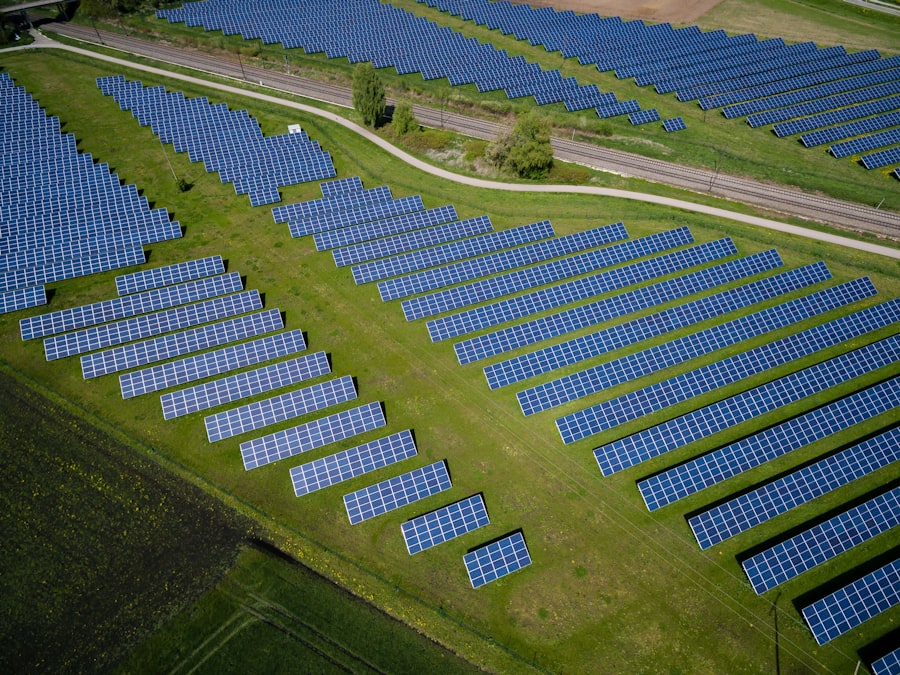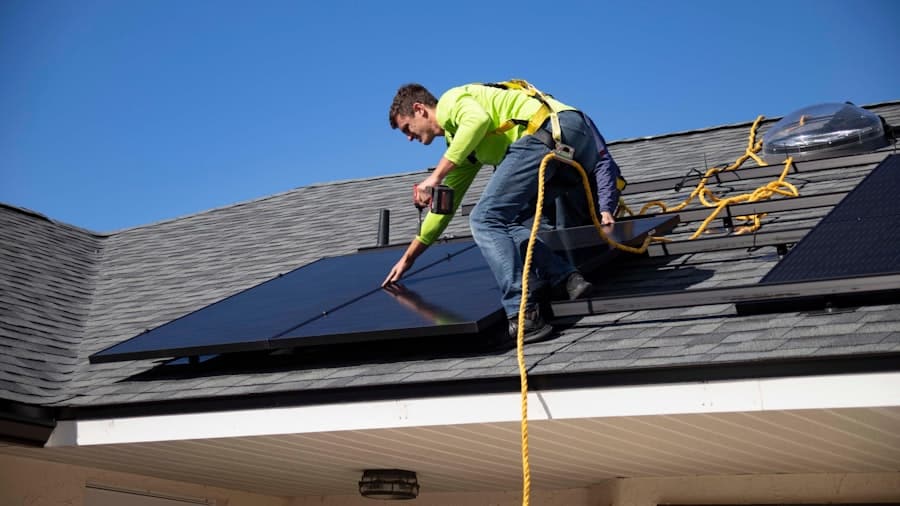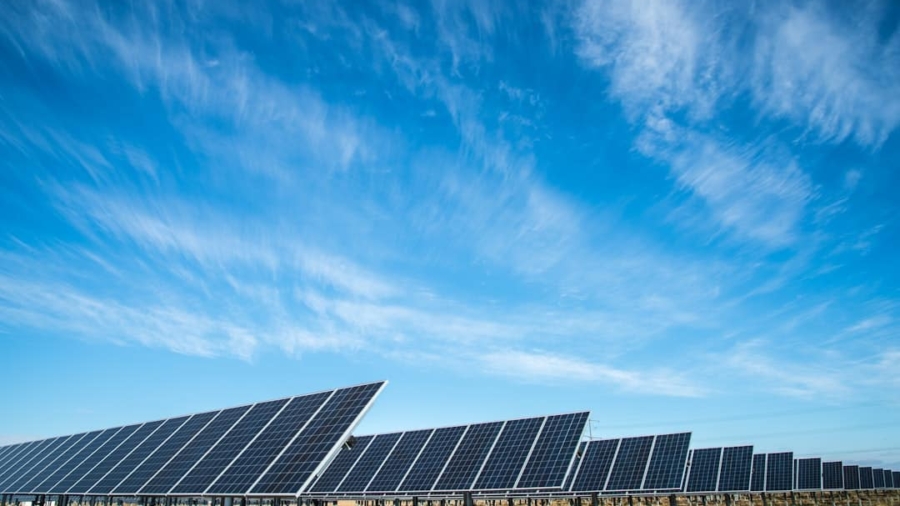The advent of 5G technology marks a significant leap in telecommunications, promising unprecedented data speeds, reduced latency, and enhanced connectivity for a multitude of devices. At the heart of this transformative technology lies the 5G base station, a critical component that facilitates wireless communication between mobile devices and the broader network infrastructure. The design of these base stations is not merely a technical endeavor; it encompasses a complex interplay of engineering, environmental considerations, and economic factors.
As the demand for high-speed internet and seamless connectivity continues to surge, the design of 5G base stations must evolve to meet these challenges while also addressing sustainability concerns. 5G base stations are designed to operate in various environments, from urban centers to rural areas, necessitating a flexible approach to their architecture and deployment. These stations utilize advanced technologies such as Massive MIMO (Multiple Input Multiple Output), beamforming, and network slicing to optimize performance.
However, the rapid rollout of 5G networks has also highlighted the need for energy-efficient designs that can support the increasing number of connected devices without overwhelming existing power grids. As we delve deeper into the intricacies of 5G base station design, it becomes evident that energy efficiency is not just a technical requirement but a crucial aspect of sustainable development in the telecommunications sector.
Key Takeaways
- 5G base station design is crucial for the advancement of telecommunications technology.
- Current challenges in energy efficiency include high power consumption and heat dissipation in 5G base stations.
- Innovations in 5G base station design focus on improving power amplifier efficiency and implementing advanced cooling systems.
- Renewable energy sources such as solar and wind play a significant role in powering energy-efficient 5G base stations.
- Integration of smart technologies like AI and IoT can optimize energy usage and improve overall efficiency in 5G base stations.
Current Challenges in Energy Efficiency
Despite the advancements in technology, energy efficiency remains a significant challenge in the design and operation of 5G base stations. The increasing density of base stations required to support 5G networks leads to higher energy consumption, raising concerns about the environmental impact and operational costs. Traditional base stations often rely on outdated technologies that are not optimized for energy use, resulting in inefficiencies that can be detrimental to both the environment and the bottom line.
The challenge lies in balancing the need for high performance with the imperative to reduce energy consumption. Moreover, the integration of new technologies into existing infrastructure poses additional hurdles. Many telecommunications companies are tasked with upgrading legacy systems to accommodate 5G capabilities while simultaneously striving to enhance energy efficiency.
This transition can be fraught with difficulties, as older equipment may not support modern energy-saving features. Additionally, the geographic diversity of base station locations means that solutions must be tailored to specific environments, complicating the implementation of standardized energy-efficient practices across different regions.
Innovations in 5G Base Station Design

In response to the pressing need for energy efficiency, numerous innovations are emerging in the design of 5G base stations. One notable advancement is the development of software-defined networking (SDN) and network function virtualization (NFV), which allow for more dynamic management of network resources. By decoupling hardware from software, these technologies enable operators to optimize resource allocation based on real-time demand, significantly reducing energy consumption during periods of low activity.
This flexibility is particularly beneficial in urban environments where traffic patterns can fluctuate dramatically. Another innovation is the use of advanced cooling techniques to minimize energy use in base station operations. Traditional cooling methods often rely on energy-intensive air conditioning systems, which can contribute significantly to overall power consumption.
Newer designs incorporate passive cooling solutions, such as heat sinks and thermal management materials, which can dissipate heat more efficiently without relying heavily on electricity. Additionally, some manufacturers are exploring liquid cooling systems that can provide effective temperature regulation while consuming less energy than conventional methods.
The Role of Renewable Energy in 5G Base Stations
The integration of renewable energy sources into 5G base station design represents a pivotal shift towards sustainability in telecommunications. Solar panels and wind turbines are increasingly being deployed alongside base stations to provide clean energy that can offset traditional power consumption. This approach not only reduces reliance on fossil fuels but also enhances the resilience of network infrastructure by providing an independent power source that can operate even during grid outages.
In remote or off-grid locations, renewable energy solutions can be particularly advantageous. For instance, solar-powered base stations can be installed in rural areas where extending electrical infrastructure may be economically unfeasible. By harnessing local renewable resources, operators can ensure continuous service while minimizing environmental impact.
Furthermore, advancements in battery storage technology allow for excess energy generated during peak sunlight or wind conditions to be stored for use during periods of low generation, ensuring a stable power supply for 5G operations.
Integration of Smart Technologies for Energy Efficiency
The incorporation of smart technologies into 5G base station design is revolutionizing energy efficiency practices within the telecommunications sector. Smart sensors and IoT devices can monitor real-time energy consumption and operational performance, providing valuable data that can inform optimization strategies. For example, predictive analytics can be employed to anticipate peak usage times and adjust power levels accordingly, ensuring that energy is used only when necessary.
AI algorithms can analyze vast amounts of data from network traffic and environmental conditions to optimize resource allocation dynamically. This capability allows for more efficient load balancing across multiple base stations, reducing overall energy consumption while maintaining high service quality.
The synergy between AI and smart technologies not only improves operational efficiency but also contributes to a more sustainable approach to network management.
Impact of Energy-Efficient 5G Base Stations on the Environment

The transition towards energy-efficient 5G base stations has profound implications for environmental sustainability. By reducing energy consumption and integrating renewable energy sources, these stations contribute to lower greenhouse gas emissions associated with telecommunications operations. This shift is particularly critical as global efforts intensify to combat climate change and reduce carbon footprints across all sectors.
Furthermore, energy-efficient designs often lead to a reduction in electronic waste (e-waste). As base stations become more efficient and longer-lasting due to advanced materials and technologies, the frequency of equipment replacement decreases. This longevity not only minimizes waste but also reduces the environmental impact associated with manufacturing new equipment.
The circular economy principles are increasingly being adopted within the telecommunications industry, emphasizing recycling and repurposing materials from decommissioned equipment to further mitigate environmental harm.
Economic Benefits of Energy-Efficient 5G Base Stations
The economic advantages of investing in energy-efficient 5G base stations extend beyond mere cost savings on electricity bills. By optimizing energy use, telecommunications companies can significantly reduce operational expenses, allowing them to allocate resources more effectively across their networks. This financial flexibility can lead to increased investment in infrastructure development and innovation, ultimately enhancing service offerings for consumers.
Moreover, as regulatory frameworks increasingly emphasize sustainability and carbon reduction targets, companies that prioritize energy efficiency may gain a competitive edge in the marketplace. Consumers are becoming more environmentally conscious and are likely to favor service providers that demonstrate a commitment to sustainable practices. This shift in consumer behavior can translate into increased market share and customer loyalty for companies that invest in green technologies and practices.
Future Prospects and Trends in Energy-Efficient 5G Base Station Design
Looking ahead, the future of energy-efficient 5G base station design is poised for continued innovation and transformation. As technology evolves, we can expect further advancements in materials science that will lead to even more efficient components capable of operating at lower power levels without sacrificing performance. The development of next-generation semiconductors and advanced antenna technologies will play a crucial role in this evolution.
Additionally, as global demand for connectivity continues to rise with the proliferation of IoT devices and smart cities, there will be an increasing emphasis on creating scalable solutions that maintain energy efficiency at larger scales. Collaborative efforts between governments, industry stakeholders, and research institutions will be essential in driving forward-thinking policies and initiatives that promote sustainable practices within telecommunications. In conclusion, as we navigate the complexities of designing energy-efficient 5G base stations, it is clear that innovation will be key to overcoming current challenges while paving the way for a more sustainable future in telecommunications.
The integration of smart technologies, renewable energy sources, and advanced materials will not only enhance operational efficiency but also contribute positively to environmental sustainability and economic growth within the industry.
In a recent article discussing the future of energy-efficient 5G base station design, it is important to consider the impact of technological advancements on overall energy consumption.

